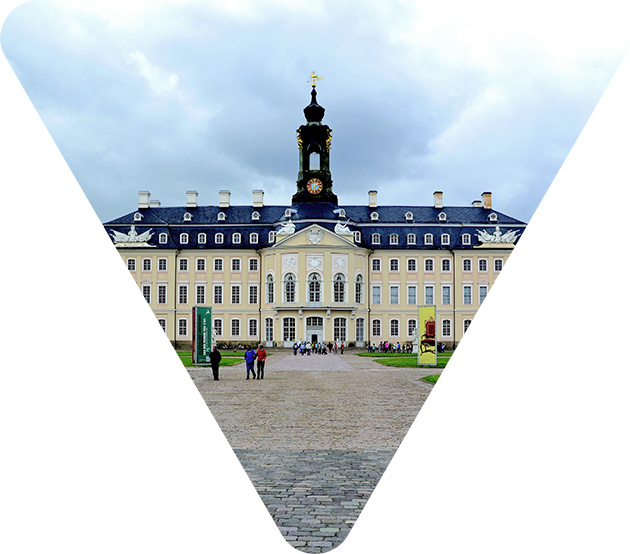Northern Saxony is not only influenced by its buzzing medium-sized administrative hubs such as the towns of Delitzsch, Torgau and Schkeuditz; the region’s rural area also boasts plenty of charming tourist highlights, two of the most well-known being St. Giles’ Church in Oschatz and Delitzsch Baroque Palace. Hartenfels Castle in Torgau, a site of the Reformation, is a masterpiece of Renaissance architecture famous for its spiral staircase. The palace chapel was consecrated by Martin Luther himself in 1544.
Ambitious technology projects are being carried out to make the district fit for the future and thus more attractive for residents and newcomers. One main example is the extensions to the high-speed broadband network, which will see around 43,000 households, businesses and schools connected by 2020. The cost, a hefty 94 million euros, will be covered by funding from the federal government and the state of Saxony.
The “MiLau” project – a planned arterial road running from east to west – is designed to make East Saxony’s infrastructure stand the test of time. The thoroughfare will connect Central Germany with Lusatia, an important factor behind the region’s plans to phase out brown coal. Other measures include driverless buses and trams, hydrogen-powered trains on non-electrified lines that will operate in the region over the long term.





